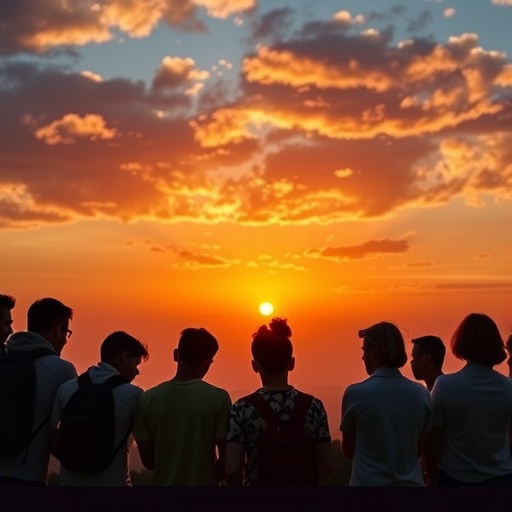CLEMSON, South Carolina — By loading a chelation drug into a nano-sized homing device, researchers at Clemson University have reversed in an animal model the deadliest effects of chronic kidney disease, which kills more people in the United States each year than breast or prostate cancer.
When kidneys stop working properly, calcium builds up in artery tissue, leading to heart disease. Although nearly half a million Americans receive kidney dialysis, heart disease is the leading cause of death for people with chronic kidney disease.
“The findings are very exciting scientifically, but also for the thousands of patients who could potentially benefit from this technology one day,” said Naren Vyavahare, the Hunter Endowed Chair and professor of bioengineering at Clemson and the principal investigator of the research.
Chelation, a method of removing metals such as iron and lead from the body, has been used experimentally for some people with heart disease. The therapy is not approved by the Food and Drug Administration, but the National Institutes of Health has sponsored two large-scale, multi-center studies using ethylene diamine tetra-acetic acid, or EDTA, as chelation therapy for people with heart disease.
In clinical studies, EDTA is included in an infusion that circulates through the body; it’s systemic and non-specific. This method of chelation has shown good results in improving heart function, especially in diabetic patients, Vyavahare said. But EDTA infusion therapy is arduous (it requires 40 infusions over a period of a year), and it can cause side effects, including a depletion of calcium from the blood and from bone.
In 2014, Clemson Vyavahare’s team proved a targeted approach is effective. In animals without kidney disease, they loaded nanoparticles with EDTA and special antibodies that recognize and latch onto damaged elastin to deliver the therapy directly to arterial sites damaged by calcification.
Now, in a paper published Feb. 22, 2019, in Scientific Reports, a Nature publication, Vyavahare’s team members describe how they developed an animal model that mimics a human’s chronic kidney disease. Animals were treated with EDTA infusions like in the NIH human trials and with EDTA enclosed in a nanoparticle coupled with an antibody that seeks out damaged elastin. In animals that received the targeted therapy, calcium buildup was destroyed without causing side effects. Moreover, the calcification did not come back up to four weeks after the last injection, even though other signs of chronic kidney disease were present.
“Dr. Vyavahare’s work is extremely important for those of us who believe that calcium is not just a passive indicator of coronary disease, but also an active participant,” said Gervasio Lamas, chairman of medicine and chief of cardiology at Mount Sinai Medical Center in Miami Beach, Florida. Lamas, principal investigator of the NIH-funded Trial to Assess Chelation Therapy 2, was not involved in the Clemson study.
“The potential with a targeted drug is enormous, and the methodology for targeting that Dr. Vyavahare has developed is unique,” Lamas said.
Vyavahare and his co-authors wrote that in a previous study they showed that polyphenols, when delivered with nanoparticles, “regenerate degraded aortic elastin. Thus, there is an exciting opportunity of dual nanoparticle therapy to first remove calcium deposits using EDTA and then restore medial elastin layers with (polyphenols).”
Vyavahare has been studying elastin degradation and damages caused by calcification for nearly 20 years. He’s director of the South Carolina Center of Biomaterials for Tissue Regeneration.
The nanoparticle delivery technology has been licensed by Elastrin Therapeutics, a startup company Vyavahare helped found. He serves as chief science officer of the company.
“With recent funding we received from NIH to carry out more studies on understanding how reversal of calcification works, and Elastrin Therapeutics Inc. licensing this technology from Clemson University, we believe we would be able to translate this approach for use in clinical trials within the next few years,” Vyavahare said.
###
Other authors of the paper are Saketh Karamched, Hannah Moreland and Aniqa Chowdury from Clemson and Nasim Nosoudi from Write State University.
Media Contact
Clinton Colemares
[email protected]
Related Journal Article
http://newsstand.
http://dx.




